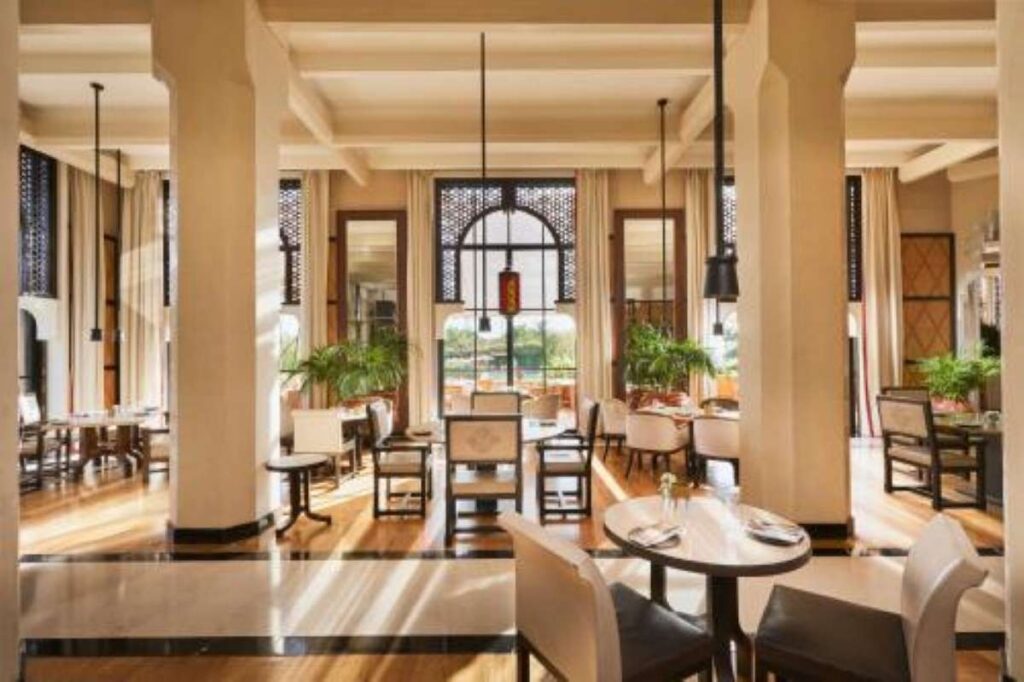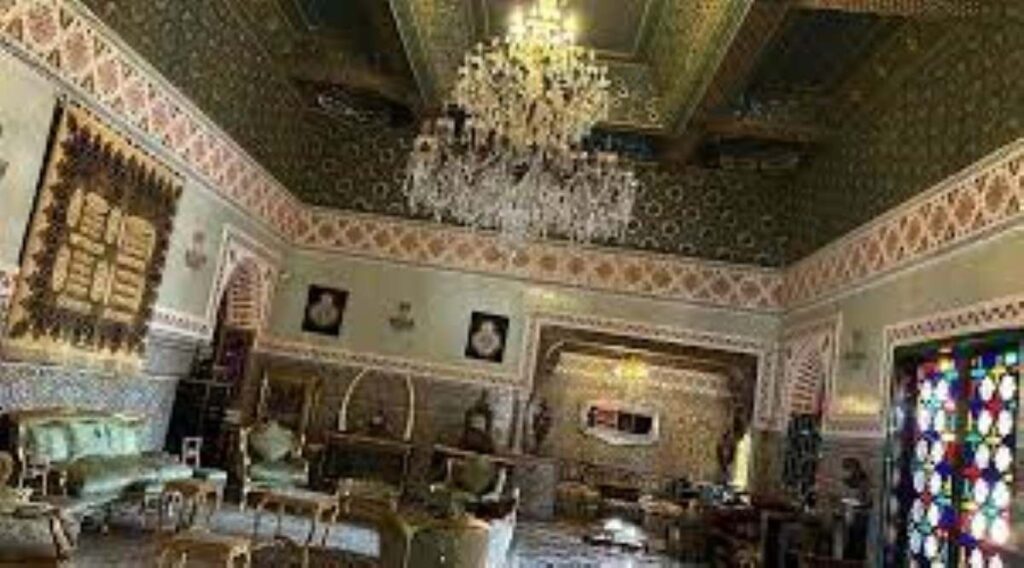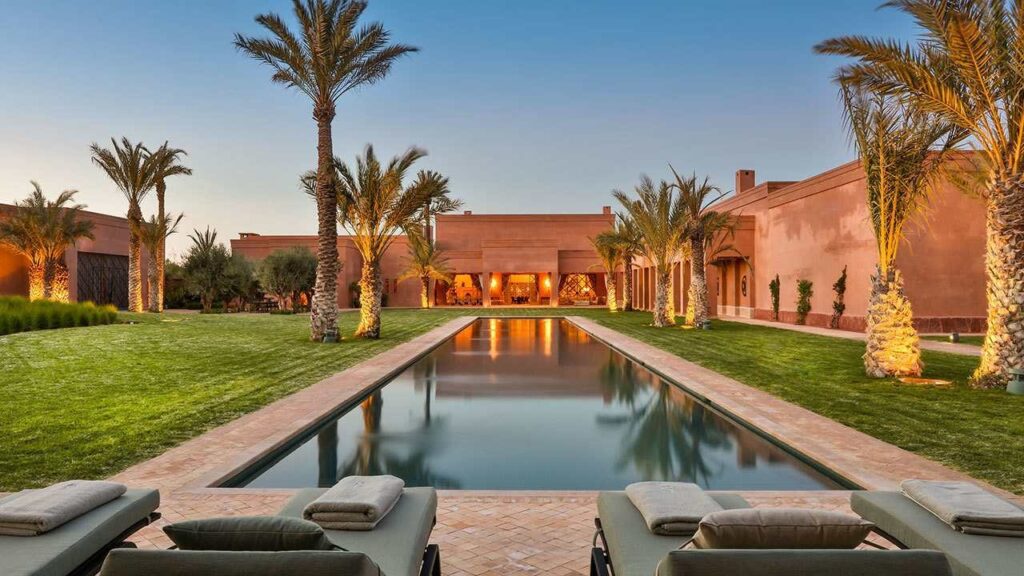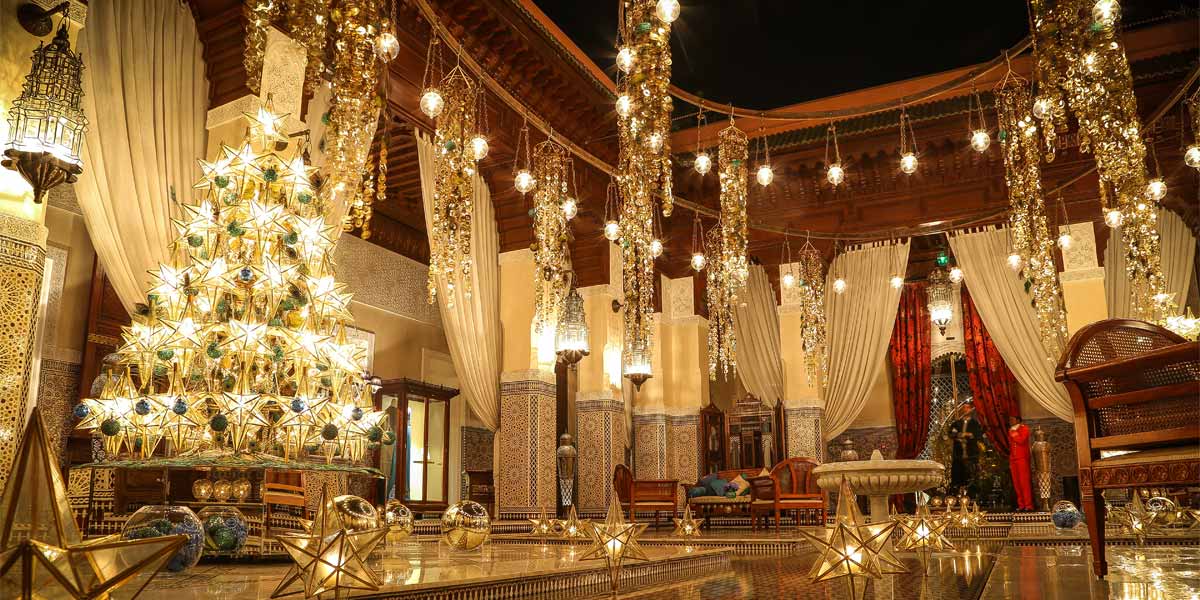At a Glance
- Morocco’s royal mansions redefine global luxury design, blending heritage with modern sophistication.
- The Royal Mansour model inspires hotels worldwide to merge privacy, artistry, and authenticity.
- Moroccan craftsmanship drives both aesthetic innovation and strong business performance in hospitality.
From the walled medinas of Marrakech to the breezy coast of Tamuda Bay, Morocco’s royal mansions have quietly evolved from national symbols into living case studies for global hotel design.
For more than two decades, luxury hotel groups have turned to Morocco’s architecture for cues on how to blend heritage with modern comfort.
Riads, hand-carved cedar ceilings, mosaic courtyards, and zellige tiles are no longer just cultural hallmarks; they’re guiding a new generation of resort aesthetics from Dubai to Bali.
From Marrakech Riads to global icons
At the heart of this design story stands the Royal Mansour Marrakech, a hotel commissioned by the Moroccan monarchy.
Unlike traditional high-rise resorts, it introduced the idea of private riads as individual suites miniature palaces where guests can experience the intimacy of Moroccan living. Each riad offers secluded terraces, trickling fountains, and interiors shaped by local artisans.
That concept has become a touchstone for luxury travelers seeking both privacy and a sense of place. It’s now being reinterpreted worldwide, inspiring what developers call “micro-destinations” within resorts of smaller, self-contained sanctuaries that offer exclusivity at a premium price.
Hotels such as Amanjena and Mandarin Oriental Marrakech have adapted the same sensibility. Their spaces fuse Morocco’s Moorish geometry with modern restraint less ornate, more open, but deeply atmospheric. The result feels Moroccan at its soul and cosmopolitan in its execution.

Where heritage meets modern profit
Design isn’t the only thing benefiting. The business case for Moroccan craftsmanship is strong. Developers who work with local artisans from tile makers to woodcarvers often see better guest engagement and sustainable sourcing built into their projects.
Beyond aesthetics, these details tell a story that resonates with travelers looking for authenticity. Hotels built around such narratives often see stronger brand recognition, higher occupancy, and social media visibility that translates into bookings.

Designing luxury the Moroccan royal way
The Royal Mansour group’s recent move into Tamuda Bay highlights this momentum. The seaside property expands its palace concept to the Moroccan Riviera, keeping its artisanal character while embracing the Mediterranean setting.
For designers, the lesson extends beyond arches and tiles. It’s about the hospitality ritual, the calm rhythm of arrival, the layering of textures, and the quiet sense of care that defines Moroccan service.
For hotel brands competing in a crowded luxury market, Morocco’s royal blueprint offers more than inspiration. It offers proof that cultural authenticity, when handled with precision and respect, can become both a design language and a business advantage.






